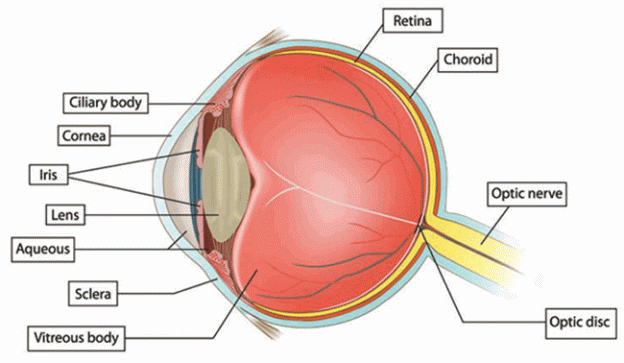
Glossary of Eye Structures
Aqueous
A water-like fluid which fills the front part of the eye between the lens and cornea. This fluid is produced by the ciliary body and drains back into the blood circulation through channels in the chamber angle. It is turned over every 100 minutes.
Chamber Angle
Located at the junction of the cornea, iris, and sclera, the anterior chamber angle extends 360 degrees at the perimeter of the iris. Channels here allow aqueous fluid to drain back into the blood circulation from the eye. May be blocked or malfunction in glaucoma.
Choroid
A very vascular layer between the sclera and retina which serves to nourish the outer layers of the retina. Has one of the highest blood flows in the body. When damaged, the choroid plays a leading role in causing macular degeneration.
Ciliary Body
A structure located behind the iris (rarely visible) which produces the aqueous fluid that fills the front part of the eye and thus maintains the eye pressure. It also allows focusing of the lens.
Conjunctiva
A thin lining over the sclera, or white part of the eye. Also lines the inside of the eyelids. Cells in the conjunctiva produce mucous, which helps to maintain lubrication of the eye.
Cornea
The clear window through which we see. Actually, this is a very vital part of the eye’s focusing, and the curvature of the cornea itself accomplishes about 80% of the focusing of the eye.
Episclera
A fibrous layer between the conjunctiva and sclera. Sometimes a growth (pingueculum) will form in this layer on the surface of the eye near the inside or outside corners.
Extraocular Muscles
Six muscles control eye movement. Five of these originate from the back of the orbit and wrap around the eye to attach within millimeters of the cornea. Four of these move the eye roughly up, down, left and right. Two muscles (one originating from the lower rim of the orbit) control the twisting motion of the eye (when the head is tilted).
Iris
This is the part of the eye which gives it color. It contains muscles which open or close the pupil in response to the brightness of surrounding light. A blue iris actually has a dearth of pigment. Green or hazel irides have an intermediate amount of pigment. Brown eyes have a lot of pigment.
Lens
This is located just behind the iris, and also helps to focus light. A “capsule” surrounds the lens . When the lens becomes cloudy, this is termed a cataract. The lens can be removed and a synthetic lens placed inside the capsule, which is retained in cataract surgery.
Macula
The part of the retina which is most sensitive, the sweet spot of the eye. Responsible for the central (or reading) vision. It is located near the optic nerve directly at the back of the eye (on the inside). This area is also responsible for color vision.
Optic Nerve
This transmits visual information from the eye to the brain, and has about 1.2 million nerve fibers. The optic disc is visible on the inside of the eye, where the nerve is viewed “end on”. The sheath around the optic nerve is continuous with that of the brain, and the nerve connects directly into the brain.
Orbit
The boney socket containing the eye, fat, extraocular muscles, nerves, and blood vessels. The floor and inside walls of the orbit are paper thin, and are easily fractured by trauma.
Pupil
Essentially, an opening in the iris. This is the opening in the center of the eye. Its size is controlled by the iris muscles.
Retina
This thin layer lines the inside of the eye and receives light rays, processes them, and sends signals to the brain via the optic nerve. The retina is like the “film of a camera”. It is separated from the very vascular choroid by the “retinal pigment epithelium”. Sometimes breakdowns in this pigmented layer allow macular degeneration.
Sclera
The white, tough wall of the eye. Few diseases affect this layer. It is covered by the episclera and conjunctiva, and eye muscles are connected to this.
Uveal Tract
A group of similar eye structures including the choroid, ciliary body and iris. May be prone to inflammatory conditions (uveitis or iritis).
Vitreous
A jelly-like, clear fluid which fills most of the eye (from the lens back). This tends to liquefy with age, and its separation from the retina can lead to retinal tears and detachment.

